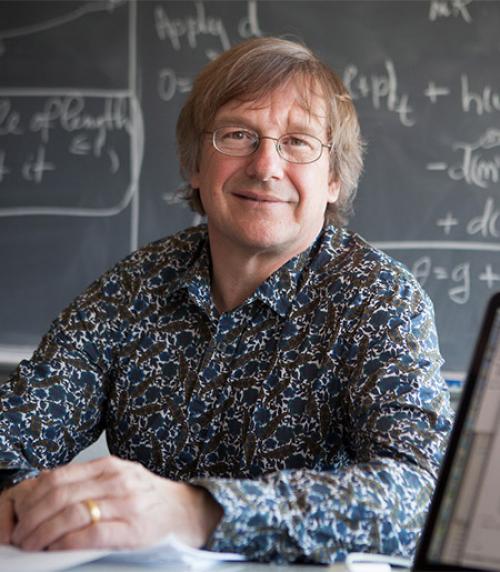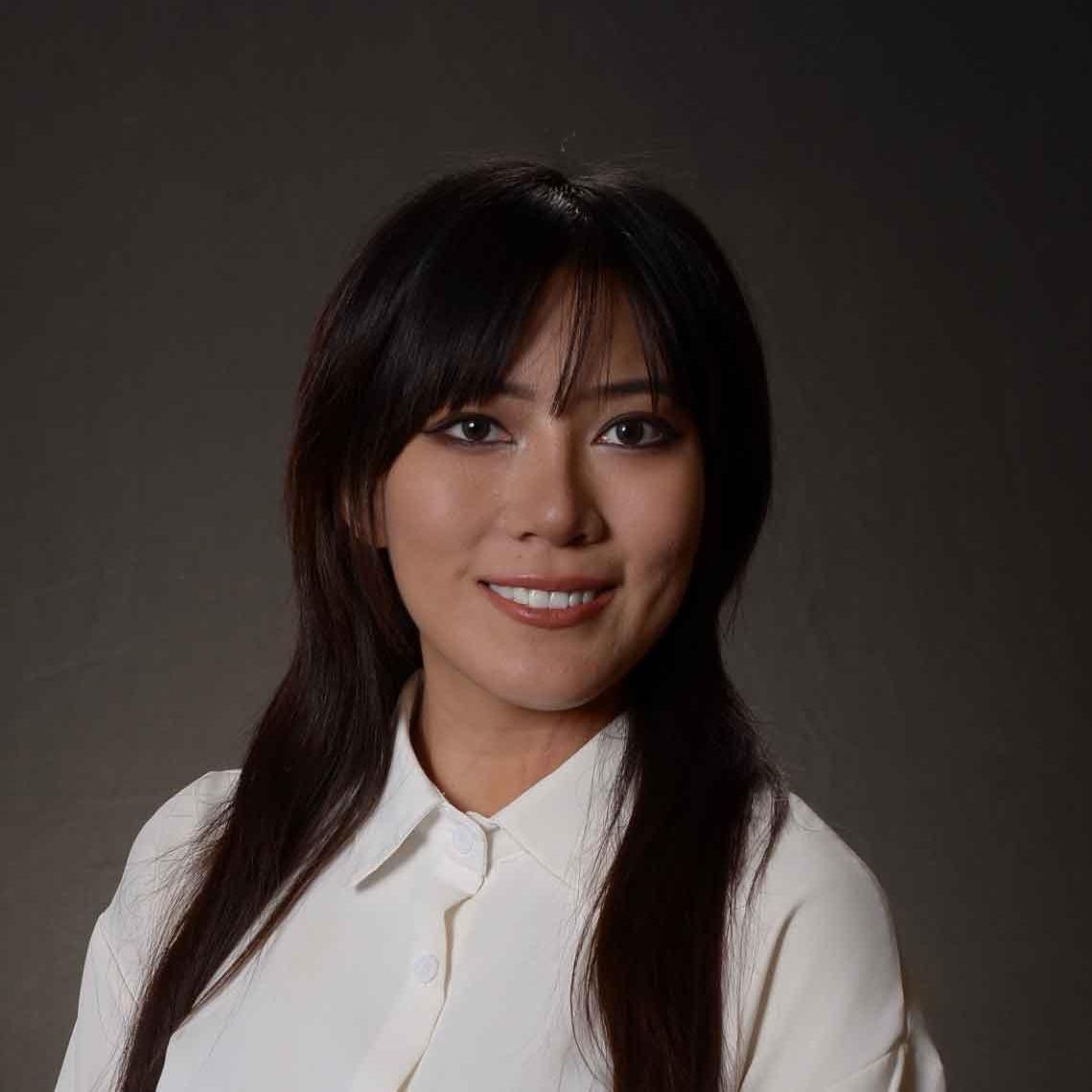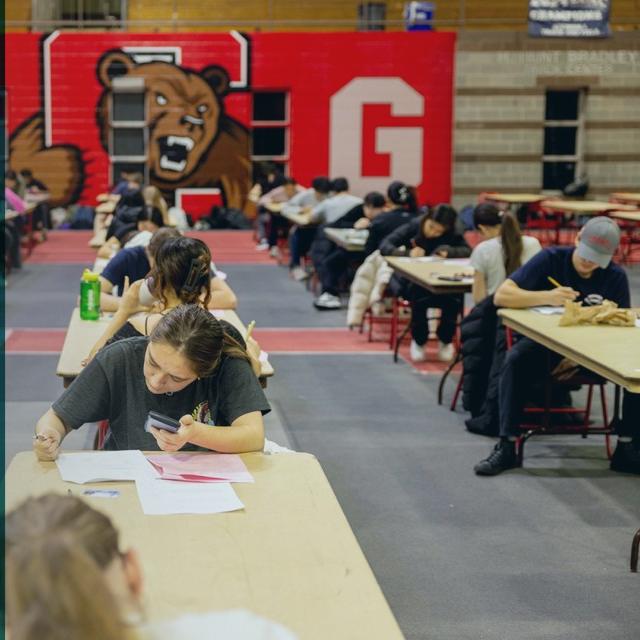
 Department Homepage
The College of Arts & Sciences
Department Homepage
The College of Arts & Sciences
Stillman receives Jenks Prize for developing influential algebra software
Michael Stillman, professor of mathematics in the College of Arts and Sciences, has received the 2019 Richard D. Jenks Memorial Prize for “excellence in software engineering applied to computer algebra” for his work on the Macaulay and Macaulay2 computer algebra systems.




